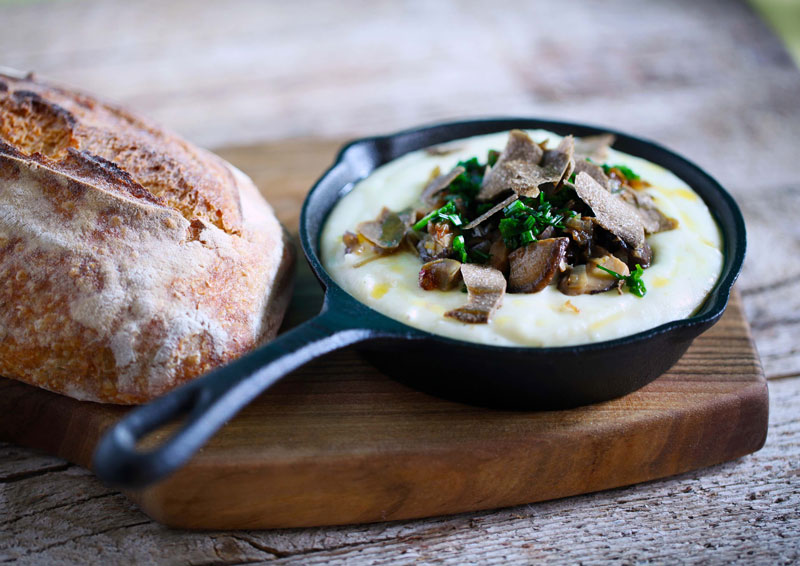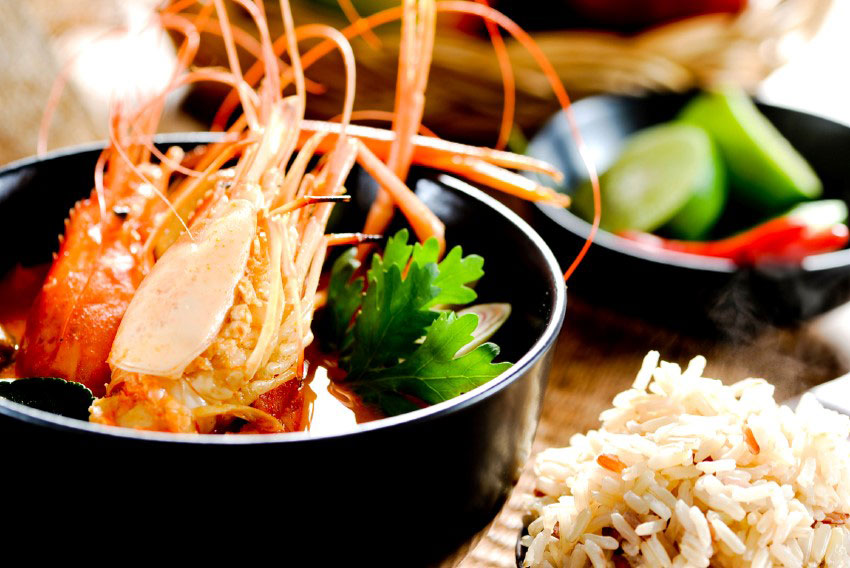Taste Trends
Letting British ingredients shine
Modern British chefs are increasingly highlighting the sources of ingredients on menus and social media posts. Adopting a seasonal approach, enabling natural ingredient flavours to shine through, maximising flavour and extending the season’s ingredients. Key to this trend is the provenance of British grown ingredient; home grown vegetables and herbs; and the showcasing of suppliers.
Ingredient-led British cuisine, aligns with three of the 2021/22 food and drink megatrends:
- ‘Taking a stance’ The importance of provenance; the terroir of British ingredients; ethical, sustainable farming and nose to tail practices, are all fundamental elements.
- ‘Stand out’ Chefs’ personal stories, particularly the ones that look back to old techniques, recipes and regional dishes, to maximise the flavour of ingredients. Highlighting the sources of their ingredients on menus and social media posts
- ‘Re-wild’ From kitchen gardens to window box herbs, the opportunity to maximise home -grown ingredients is being thoroughly embraced.

Michelin dishes are the stars of restaurant meal kits
Since coming to prominence in March 2020, after restaurants pivoted their offering within days of the first Covid-19 lockdown; the restaurant meal kit offering has blossomed. With the variety of options now almost boundless, from ‘heat up and go’ to ‘taster menus’; a highlight has to be the delivered in indulgence of Michelin starred food at home. Some of the world’s finest food in restaurant meal kit form, is waiting to assemble and savour. Just turn on the oven, open up the vac-packs and get cooking.

Flavour boosting techniques
Maximising flavour and extending the season, are the basis behind many traditional food preservation techniques, which are now experiencing a renaissance with Chefs. These techniques, showcase skill and time-honoured crafts, to create menu appeal and boost flavour impact.
Preserving – Preserving produce is a key technique chefs adopt, ensuring a year long supply of summer fruit and winter roots and spring vegetables. Classic examples include: jams, chutneys and pickles.
Fermentation – The fermentation of salt with the natural sugars in vegetables, helps create lactic acid, which not only preserves the ingredients, but also, gives the classic sour pickled flavour profile. Pickled fish and shellfish are becoming much more common on menus, in addition to classic pickled vegetables. For example: pickled baby garden beetroot, pickled herring and pickled oysters.
Curings – Fish and Meat are cured through the addition of salt and sugar. In house charcuterie products are growing in popularity with leading chefs.
Smoked – Smoked fruit and vegetables, dairy and eggs, are now joining more commonly smoked fish and meats on Ingredient led British Menus. Increasingly hot or cold smoking is done in the kitchen, enabling chefs to experiment with more unusual smoked preparations and products.
Aged – Dry Aged Meats are popular with chefs, to help remove moisture, deepen flavour and tenderise the meat. Aged beef, lamb, venison and mutton are popular on menus. The aging of vegetables, for example mushrooms, to deepen the flavours, is becoming increasingly common.
Fire – Cooking over hot coals adds a unique flavour, that has been favoured by humans over millennia. The increasing use of modern fires in kitchens translates on to the plate, through charred, bbq and wood roasted foods. All picking up the flavour of coals and smoke.

